Puntarelle (also known as catalonian chicory) are a slightly bitter-tasting vegetable similar to asparagus in texture. In Rome, they are typically eaten raw, julienned and prepared as a salad, then tossed in a vinaigrette made with garlic and anchovies.
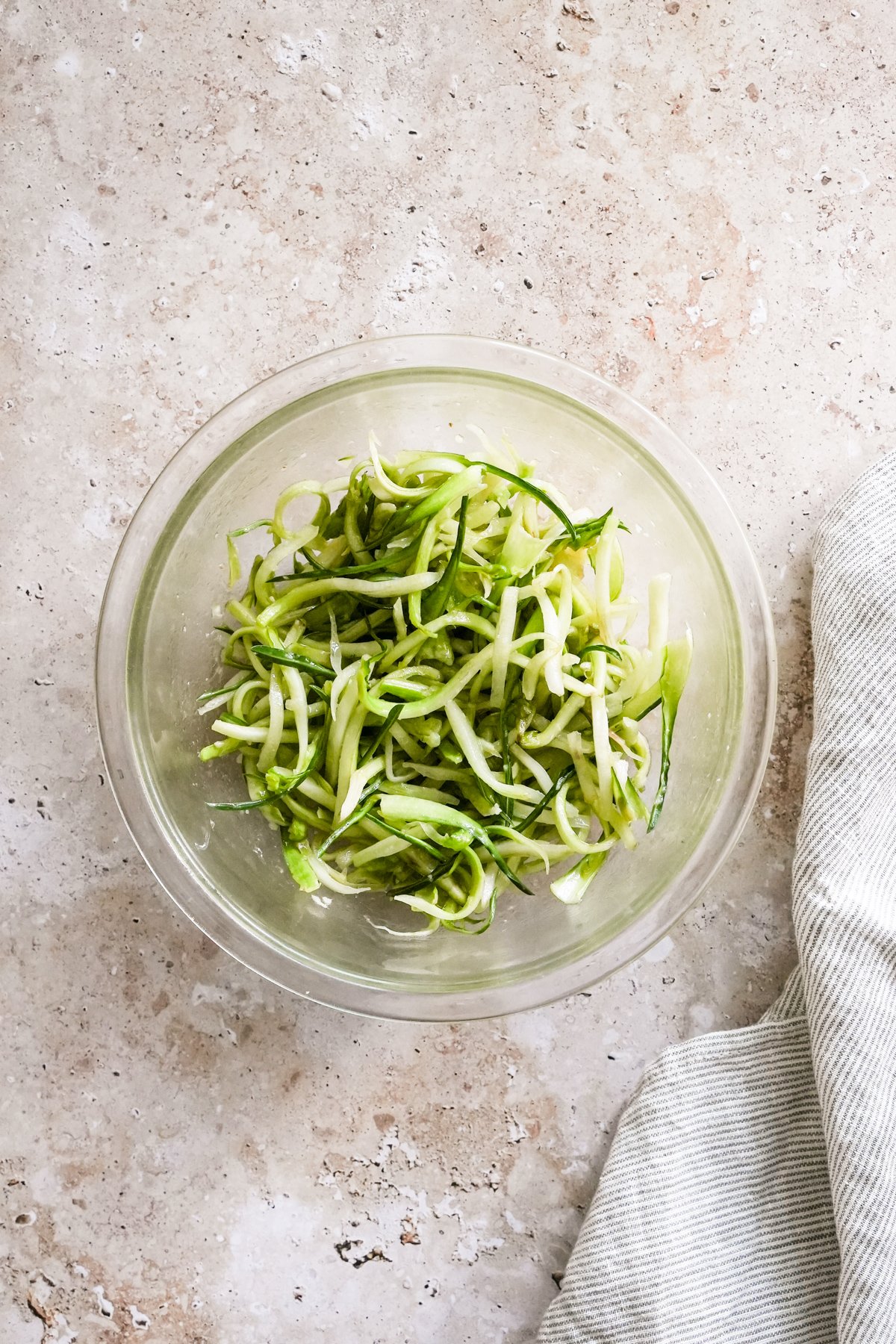
I've always wanted to try puntarelle. But alas, I'm rarely in Italy (specifically Rome) while they're in season. They're typically in season in Rome from December to March. So, I decided to take matters into my own hands.
I miraculously found a local farmer here in Vancouver that grows them. But here, they grow for only about 2 months, September and October. So I decided to buy them and prepare them as the Romans do (aka in salad form) in my Italian kitchen. And the results did not disappoint.
The final salad is briny, refreshing, slightly bitter (but not too much), full of umami flavor, and the perfect accompaniment to a heavy meal. Fun fact, Romans eat puntarelle on Christmas day when heavier meals (such as tagliatelle alla bolognese or braised pork ragu) are usually the norm, to cleanse their palette and help them to feel less full.

What are they?
Puntarelle is the Italian word for catalonian chicory. In its full head form, they have an elongated shape, light green stems, and thin, dark green leaves.
The stalks are quite hard, similar to asparagus in texture.
They have a slightly bitter flavor, but not overly so.
The typical way to prepare them is to cut them with a puntarelle cutter into julienned strips. They are eaten as a salad, tossed in a refreshing vinaigrette.
In Rome, they are sold pre-cut and pre-soaked - much less work than we have to do with buying the whole head, and having to clean and cut them ourselves! But that just shows how much of a staple they are in Roman cuisine.
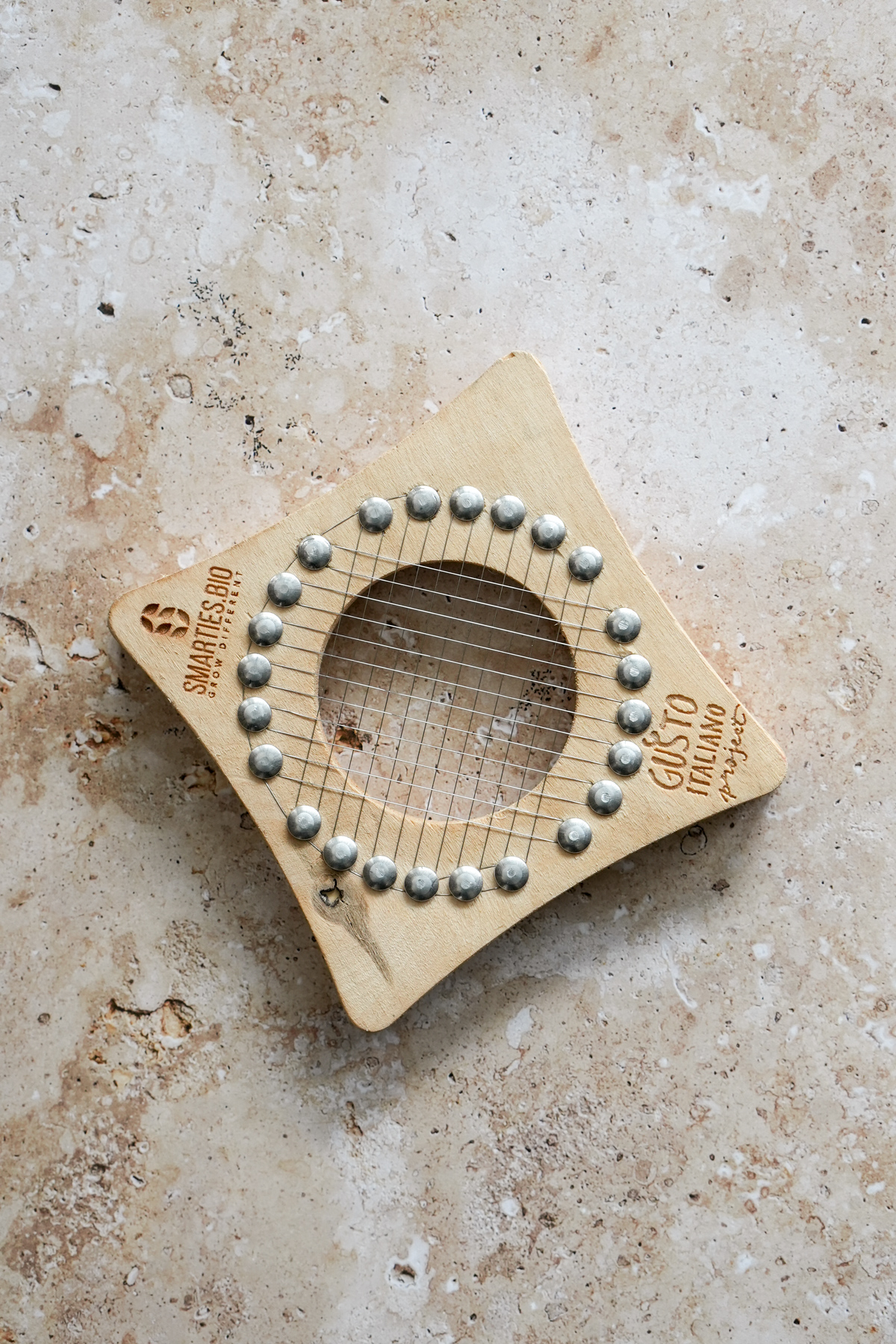
Puntarelle Cutter (Taglia Puntarelle aka TAPU)
The puntarelle cutter is a little tool sold in Italy specifically to cut the puntarelle. You push the puntarelle stalks through the wires and pull them out the other end into julienned strips.
These cutters are found all over Rome (and for a very cheap price!). Here, on the other hand, that's a different story. I bought mine for $30 CAD from the farmer that grows them. If you'd like one, and no one sells them in your area, a quick internet search will help you find them.
No puntarelle cutter? No problem! Use a small knife to cut the puntarelle stalks into thin strips.
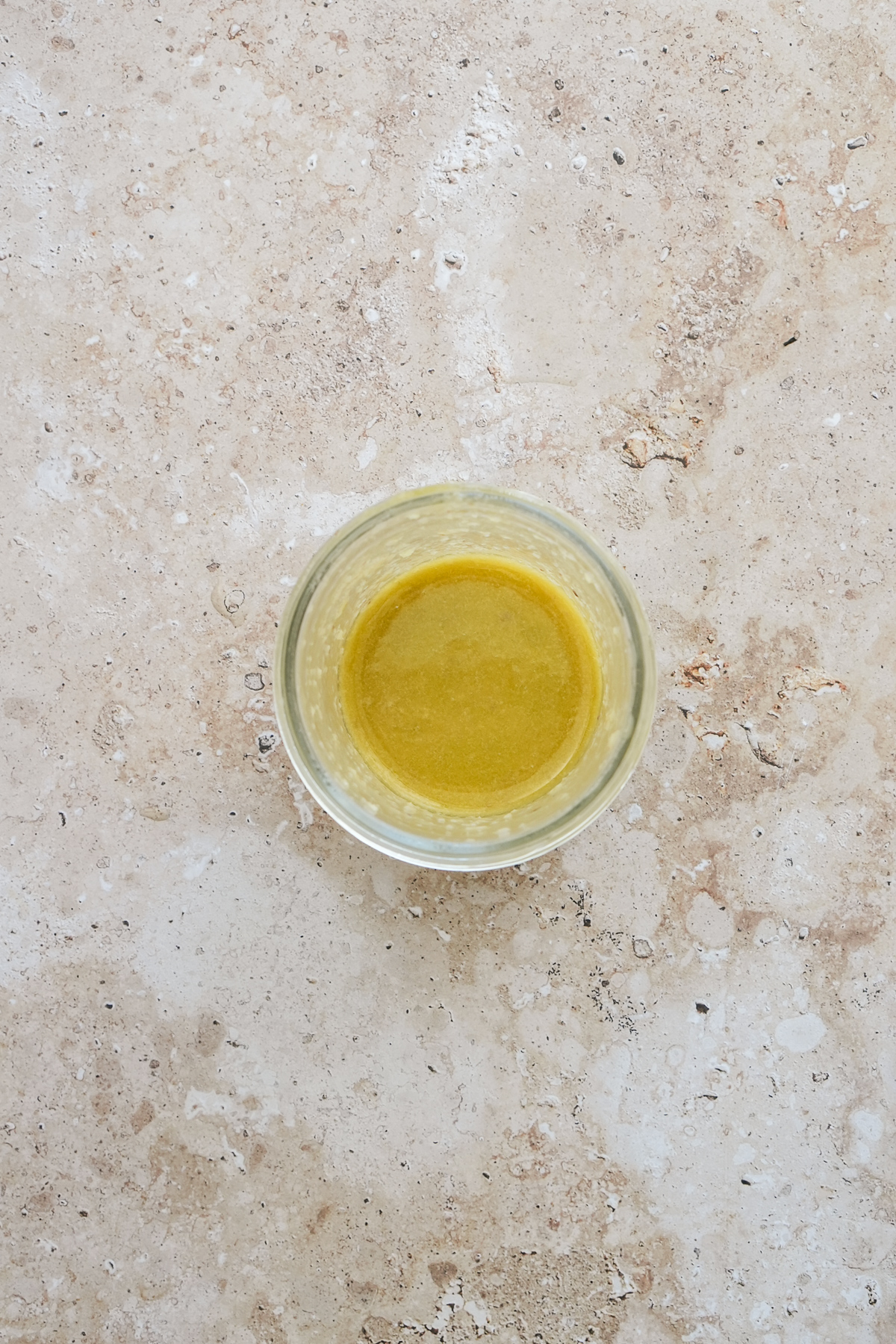
The vinaigrette
The puntarelle salad is prepared with an anchovy and garlic vinaigrette. It's made with olive oil, vinegar, garlic, anchovies, salt and pepper. Simple and delicious. And it's one of the very few times I have seen a vinaigrette like this prepared in Italian cuisine - usually when dressing a salad, olive oil, vinegar and salt is put straight onto the greens and mixed.
When the puntarelle are tossed with the vinaigrette, the result is a bright, briny, and slightly bitter dish.
How to make it
Remove the outer leaves until you see the full stalks.

Remove the stalks from the head and cut off the bottom of the stalk. Remove the leaves from the top of the stalk as well.
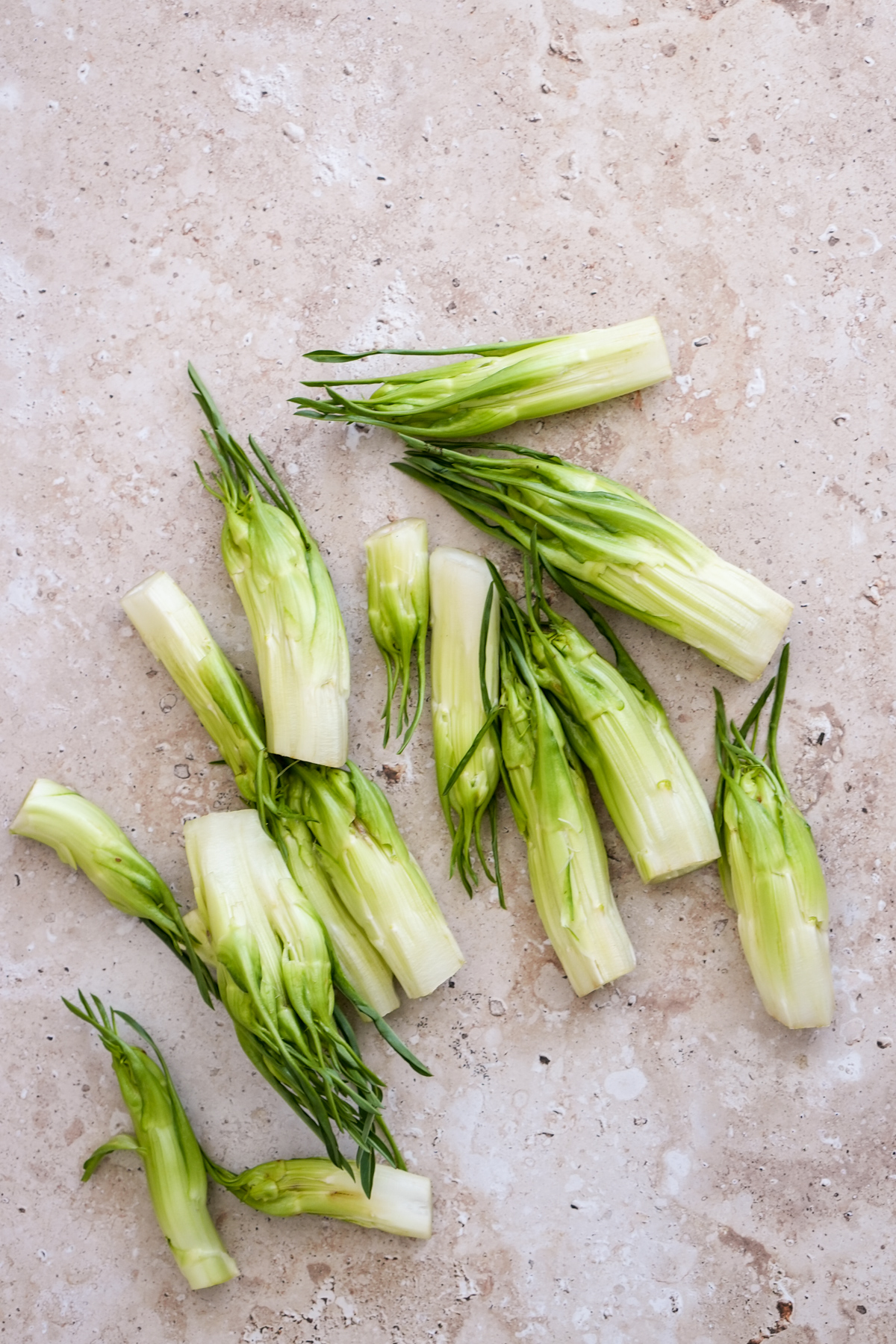
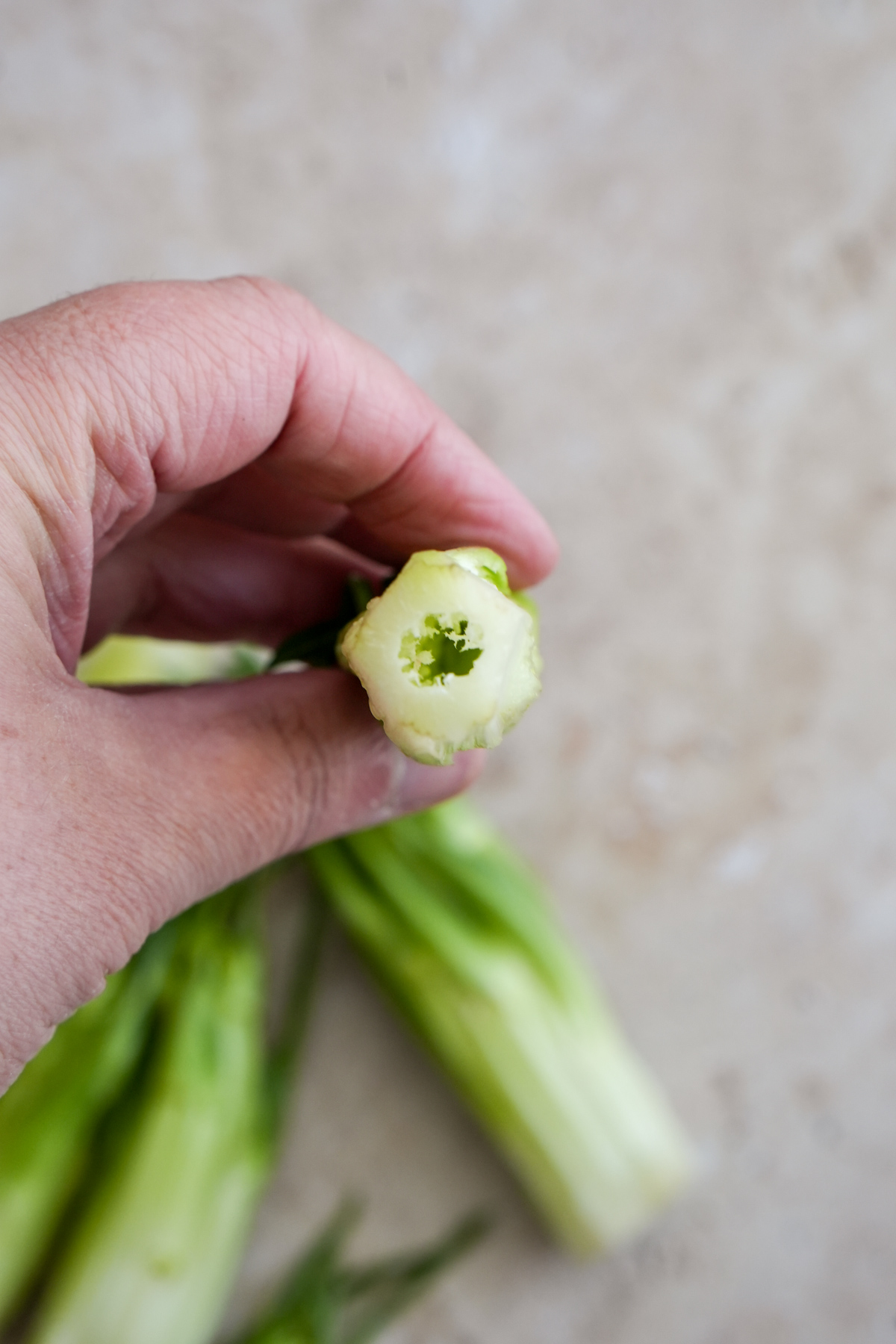
Cut the puntarelle into julienned strips with a puntarelle cutter.
Add the strips to a bowl of ice water. Let them soak. The soaking will help to curl up the puntarelle (which is their signature look), will draw out bitterness, and give them their signature crunchy texture.
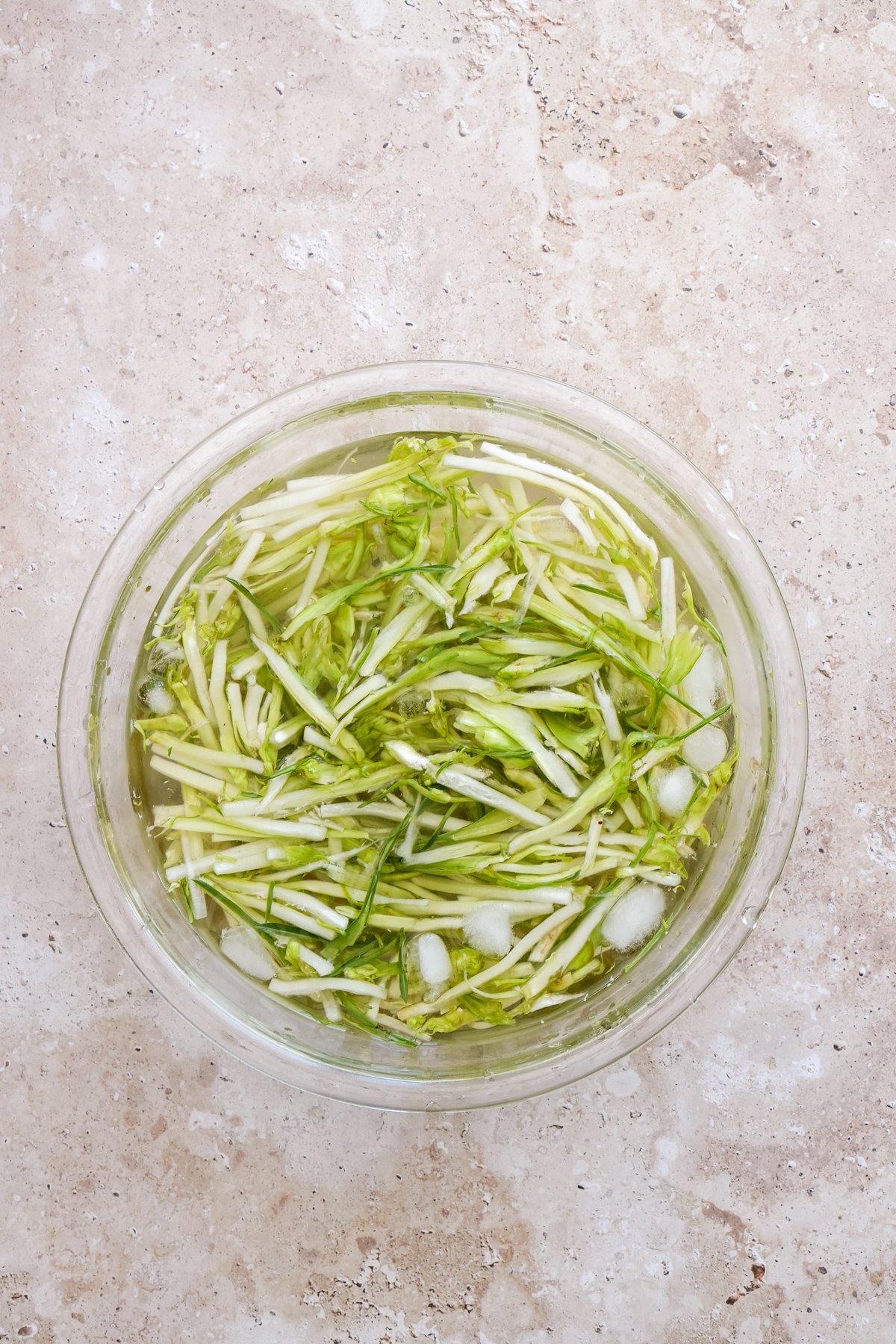
Prepare the vinaigrette in the mean time.
Dry the puntarelle and toss them in the prepared vinaigrette. Serve and enjoy!
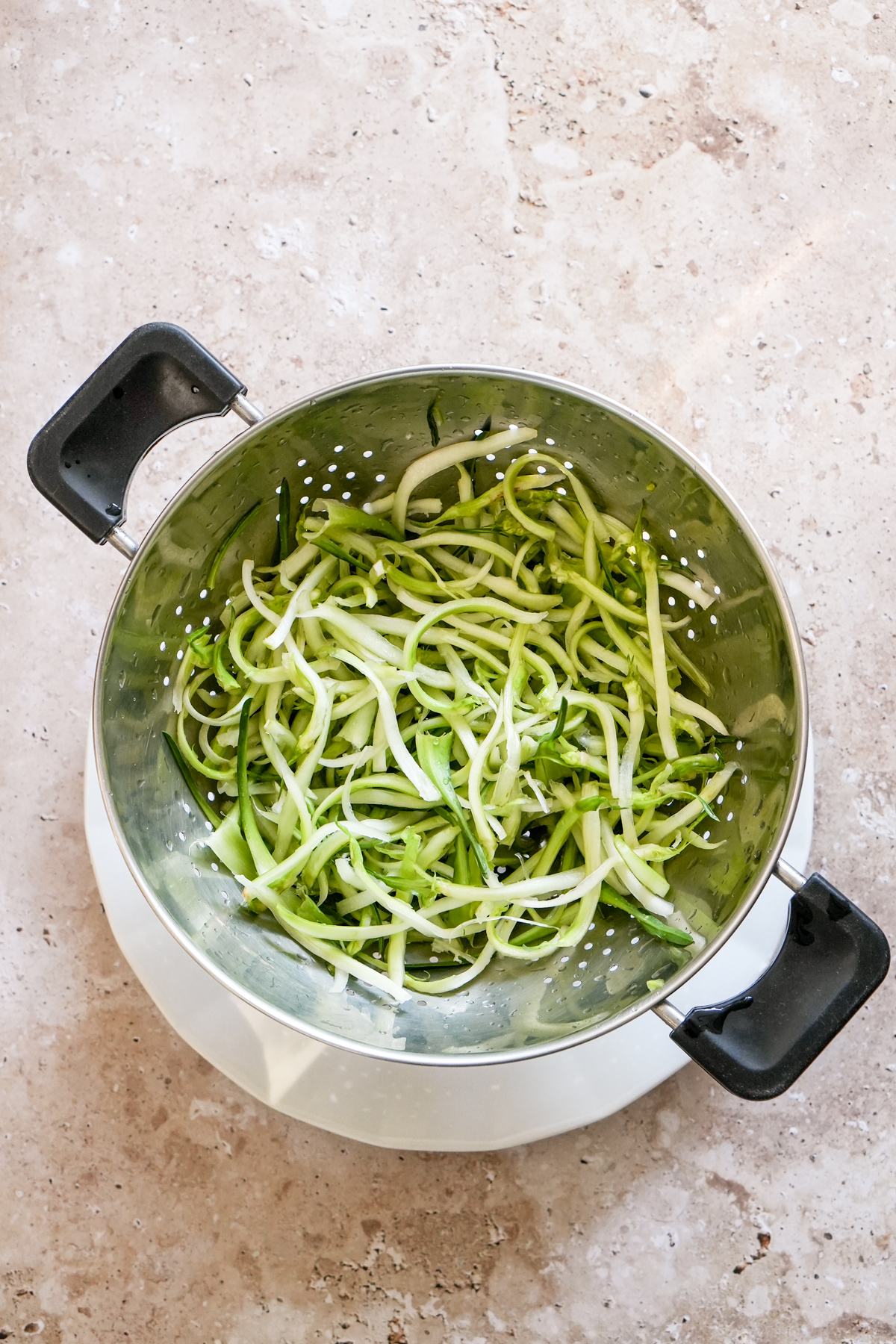
Recipe
How To Prepare Puntarelle Like a Roman
Ingredients
- 1 head puntarelle see notes for substitutes
Vinaigrette
- ¼ cup olive oil extra virgin
- 1 tablespoon white wine vinegar
- 1 clove garlic diced
- 3 anchovy filets
- salt and pepper to taste
Instructions
- Start with your head of puntarelle. Remove the outer leaves until you see the full stalks.
- Remove each stalk from the head.
- Cut the bottom of the stalk off (you should see a hollow hole at the bottom of the stalk running all the way up the stalk). You can also try to snap off the bottom of the stalk, where it naturally gives, like you would with asparagus, but I found it hard to do it this way.
- Also cut the top off of each stalk, so there are no more leaves. It will be easier to run through the puntarelle cutter this way. You can add these extra leaves to the salad.
- Cut each stalk with the puntarelle cutter. Place the stalk in the cutter and push it through until the whole stalk is cut into julienned strips. You may need to pull the puntarelle out of the cutter at the end.
- Place the julienned puntarelle into a bowl of ice water. Let them soak for about one hour.
- In the mean time, make the vinaigrette. Place all vinaigrette ingredients in a blender jar, and using an immersion blender, blend together until a smooth vinaigrette/dressing forms. Set aside.
- Once the puntarelle have soaked (they should have curled up a little by this point), place them in a colander to dry for about 30 minutes, then pat them dry very well.
- Place the puntarelle is a serving bowl, pour the dressing on top and give everything a good toss. Serve and enjoy!
Recipe Notes
- Belgian endive cut into thin trips - will not be the exact same texture, as belgian endive is softer in texture
- Radicchio - is softer in texture as well
- Asparagus - julienne them or slice thinly with a vegetable peeler - the texture is the most similar, however they will not have that bitter flavor of the puntarelle
- White stalks of curly endive - endive is in the chicory family just like puntarelle, so while the texture may not be the exact same, the flavor will be similar

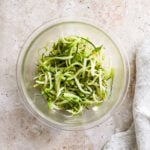
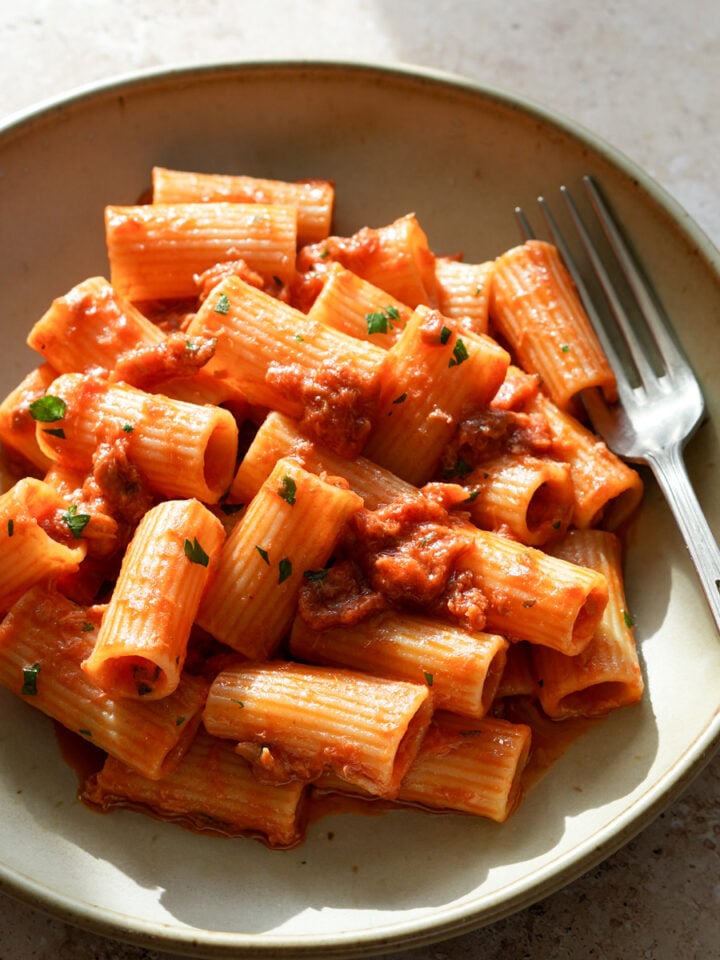
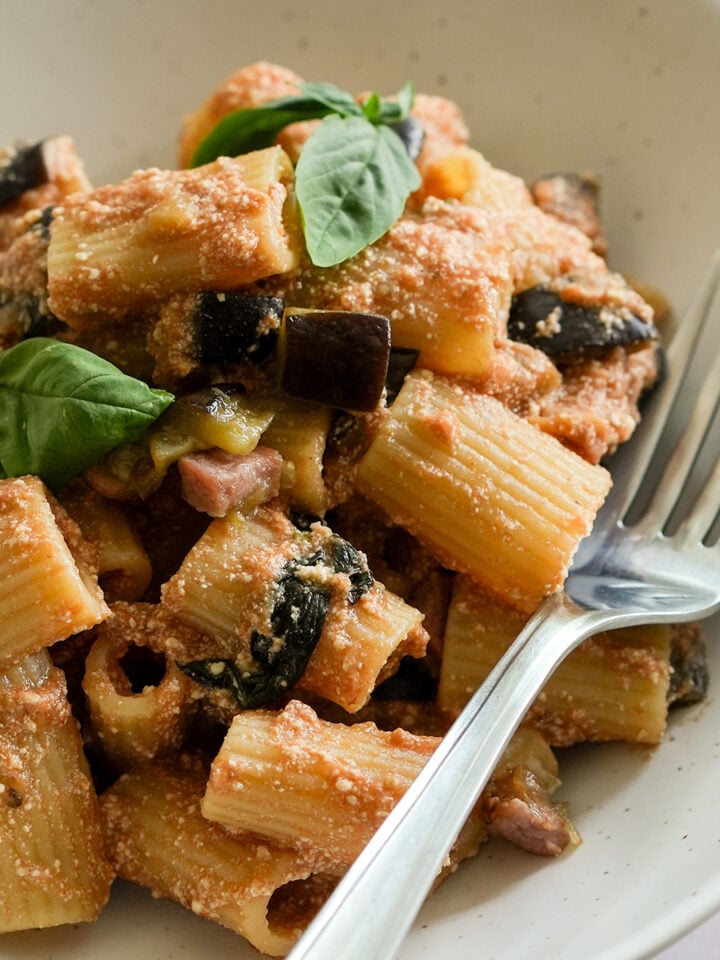
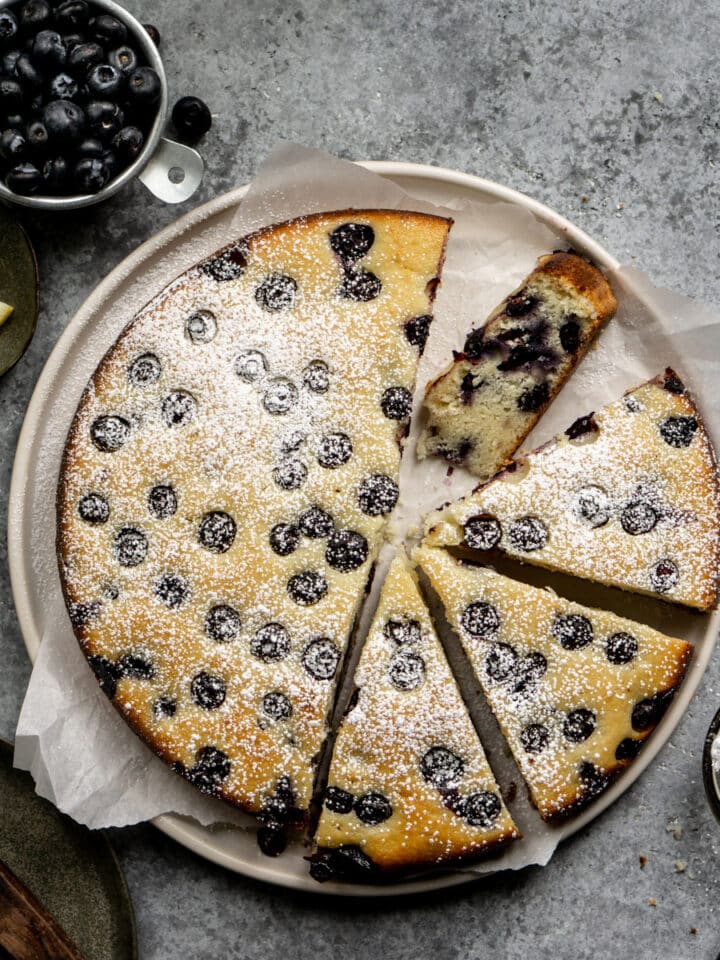
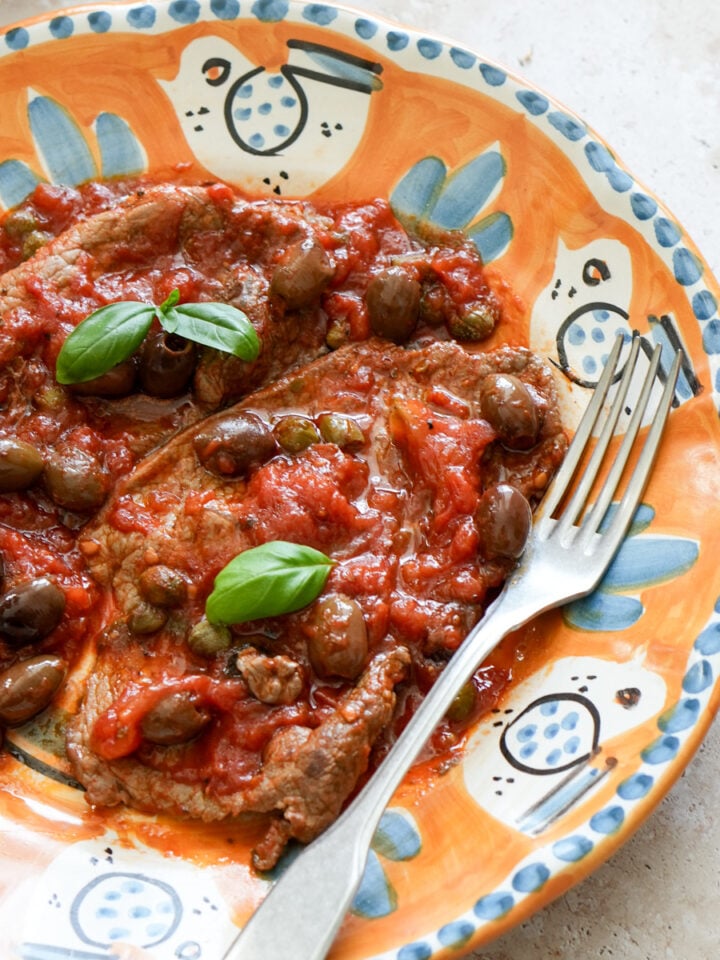
Leave a Reply